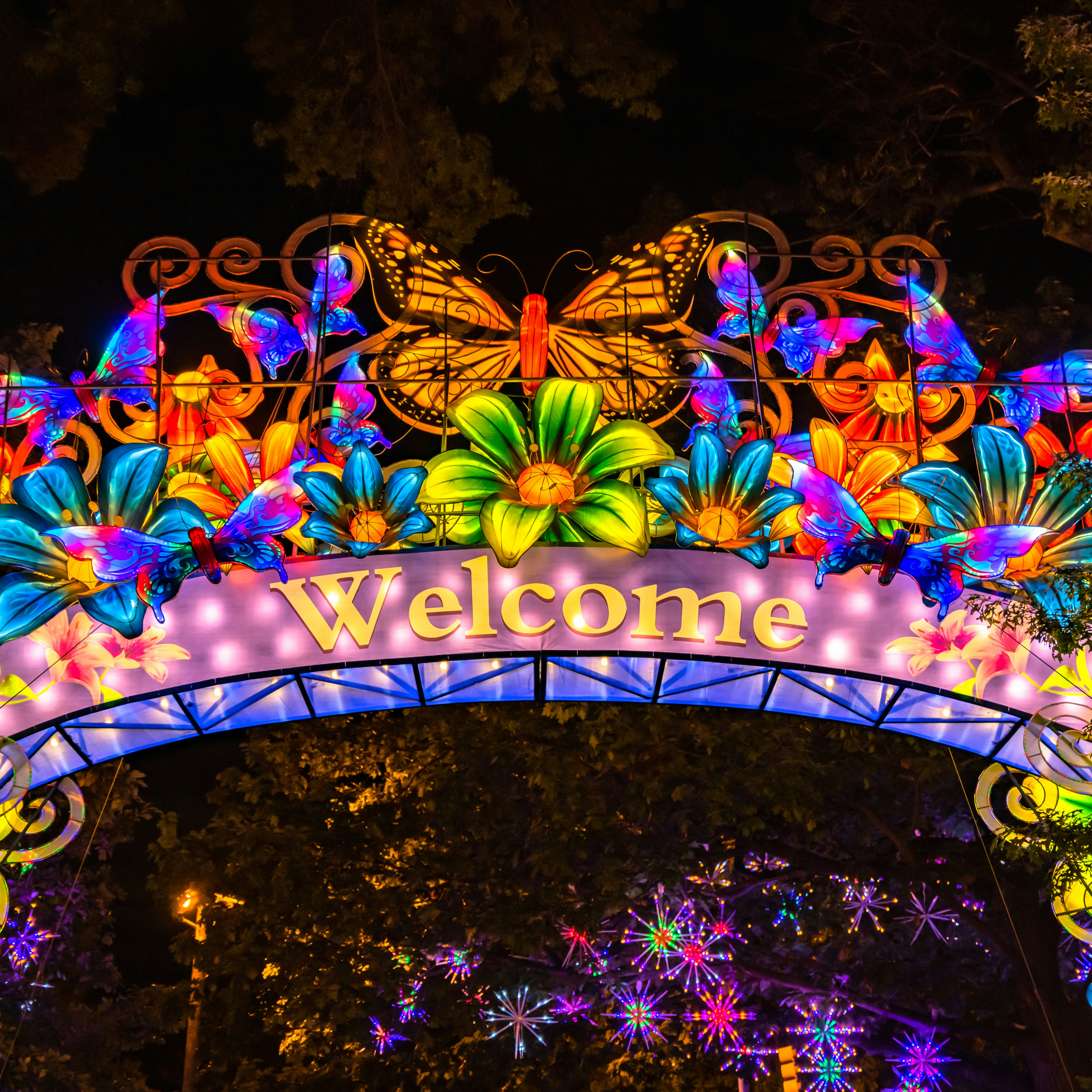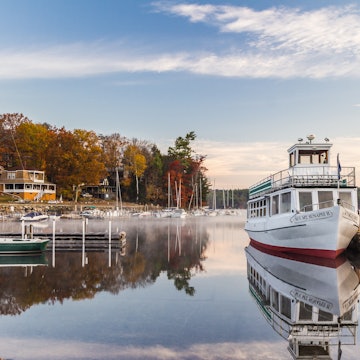

Getty Images
Overview
From historic villages to cutting-edge galleries, verdant mountains to granite shores, clam shacks to covered bridges, New England's scenic and cultural treasures are unparalleled.
Leave the planning to a local expert
Experience the real New England. Let a local expert handle the planning for you.
Must-see attractions
Planning Tools
Expert guidance to help you plan your trip
Best Things to Do
New England has no shortage of things to do from hiking and wildlife watching to soaking up history and culture. Here's our pick of the best of the region.
Read full article
Best Places to Visit
From historical landmarks to scenic beach towns, discover the best places to visit in New England.
Read full article
Best Time to Visit
As you plan your next New England trip, check out our guide to the best time to visit New England for beaches, skiing, music festivals and more.
Read full article
in partnership with getyourguide






















